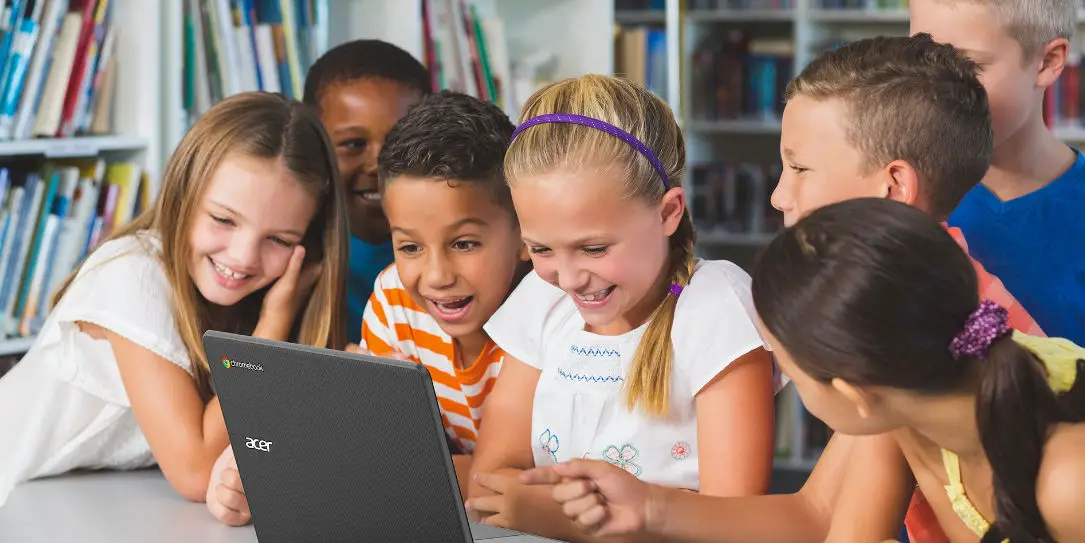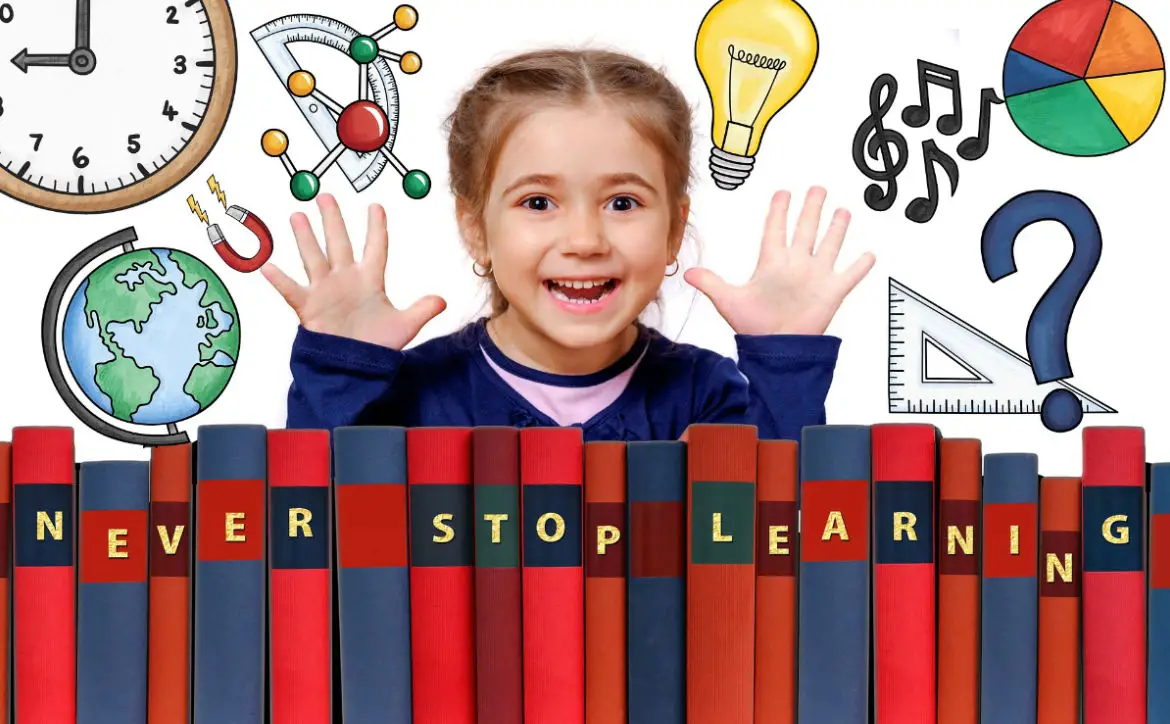Education truly has the power to determine a child’s future. With a strong foundation of learning, students can embark on a path to opportunity and success. It’s now easier to ensure that all our children receive the education they need and deserve. Fortunately, for teachers grappling today with tight budgets and overcrowded classrooms, a host of new and powerful tools is being added every day to the educator’s toolbox.
Estimated reading time: 6 minutes
Now, more than ever, technology is playing a profound role in that process. In the hands of a skilled teacher, a dedicated student, and a supportive family, educational technology is transforming learning and learners alike. Indeed, now more than ever, technology is shaping the future of education.
The Interactive Classroom
The traditional model of education has been largely passive. You probably need only to think back to the bad old days of your academic past to recall the endless hours of lectures. You need only to call to mind the teachers droning on in a relentless monotone as glassy-eyed students struggled to stay awake–or at least not to get caught napping!
Thankfully, those days are largely gone, replaced by a model of teaching rooted in engagement and inquiry and project and problem-based learning. Such a revolution in the classroom would be next to, if not entirely, impossible were it not for the advent of ed-tech.
For example, the interactive whiteboard has come to replace the conventional chalkboard in classrooms at all levels, from elementary schools to universities. These tools allow students to modify and share content in real-time using an internet-connected device. These devices may be controlled from the student’s desk or, in remote learning environments, from their home.
What this means for the future of education is the cultivation of a new generation of autonomous and self-motivated learners. The substitution of an active model of learning for the conventionally passive one due to technology means that students’ expectations for education will also, inevitably, change. Specifically, their expectations shift from teacher-dependency to student-directedness.
Personalized Learning
The advent of the electronic whiteboard, however, is only one example of the vast array of technologies spurring interactivity in the classroom. Indeed, a whole array of tools have made it easier than ever for educators to personalize the learning process. Educational software, for example, makes it possible for teachers to customize and individualize lessons based on students’ individual needs, interests, and strengths. Students, in collaboration with their teachers, can design their own learning projects, tasks, and goals based on these metrics.
This means that the control of the production of knowledge has shifted from the teacher to the class. The educator is no longer simply the repository and disseminator of knowledge, but a guide, coach, and, indeed, a participant in the process of discovery, creation, and innovation.
Additionally, this transformation of teaching processes also constitutes a shift in students’ perceptions of learning. Students begin to see learning not as an outcome determined by content mastery but as a recursive process rooted in questioning, theorizing, testing, evaluation, and revision. In other words, educators have gone from teaching the scientific method to implementing it in their classrooms through the use of technology. As a result, a more empowered and inquisitive generation of students is born.
The Immersive Classroom

Education technology doesn’t just enable an interactive and personalized learning experience. It’s also increasingly being used to offer students an immersive learning experience that would once have been unthinkable.
For example, augmented reality (AR) and virtual reality (VR) technologies are increasingly being used in classrooms to enhance learning. These technologies can, for instance, enable history students to take a simulated walking tour of the ancient Acropolis when it was constructed. It can allow biology students to experience the immense size of a blue whale to scale — from the inside.
It can even enable anatomy students to take a stroll inside the simulated human body! In so doing, students develop visual and spatial reasoning skills. They are also more likely to develop a passion for content that would otherwise have been dry and forgettable on a written textbook page. Indeed, there’s increasing evidence that the use of AR/VR in the classroom can increase students’ interest in STEM careers.
The Challenges of Ed-Tech
As important as educational technology is both for the present and the future of education, there are some challenges that educators must recognize and address. For example, while these technologies promote personalized learning, enabling students to pursue individualized earning goals and projects, this can also open the door to significant distractions during the learning process.
To be sure, educators have the technological resources to monitor students’ activities on their learning devices or platform, often both in real-time or retroactively. However, when you have 10, 20, 30, or more students in class at a time, with each working on their own customized lesson or project, it can be difficult if not impossible to keep abreast of what everyone is doing.
When students become distracted, not only are they losing learning time, but they may be drawn to activities and platforms that pose security risks. This is a particularly significant concern when students are learning remotely.
For this reason, educators must be proactive in helping students stay focused, on-task and safe when using internet-connected technology to complete assignments and projects. For students working from home, encouraging family involvement can be beneficial. In the classroom, using technology to aid in real-time collaboration is important, even if it means reserving individual learning tasks for homework.
For all learning environments, whether virtual, face-to-face, or hybrid, however, the cultivation of digital literacy skills will help to protect students from security risks. In the process, educators will be fostering a new generation of learners who are not only more technologically savvy but who are also more astute consumers of digital information.
The Takeaway
Education may be the single most empowering experience in human life, and technology has always played a role in this process. However, the rapid pace of innovation in ed-tech today is profoundly shaping education not only for the present but for the future. Through it, we are cultivating a new generation of engaged, inquisitive, and autonomous learners. To maximize the opportunities afforded by ed-tech, however, educators must be wary of the distractions that threaten to derail learning in the vast online universe. Additionally, they must be cognizant of the security risks that learners may face when they take their education into the digital domain.
What do you think of technology and education? Please share your thoughts on any of the social media pages listed below. You can also comment on our MeWe page by joining the MeWe social network.










